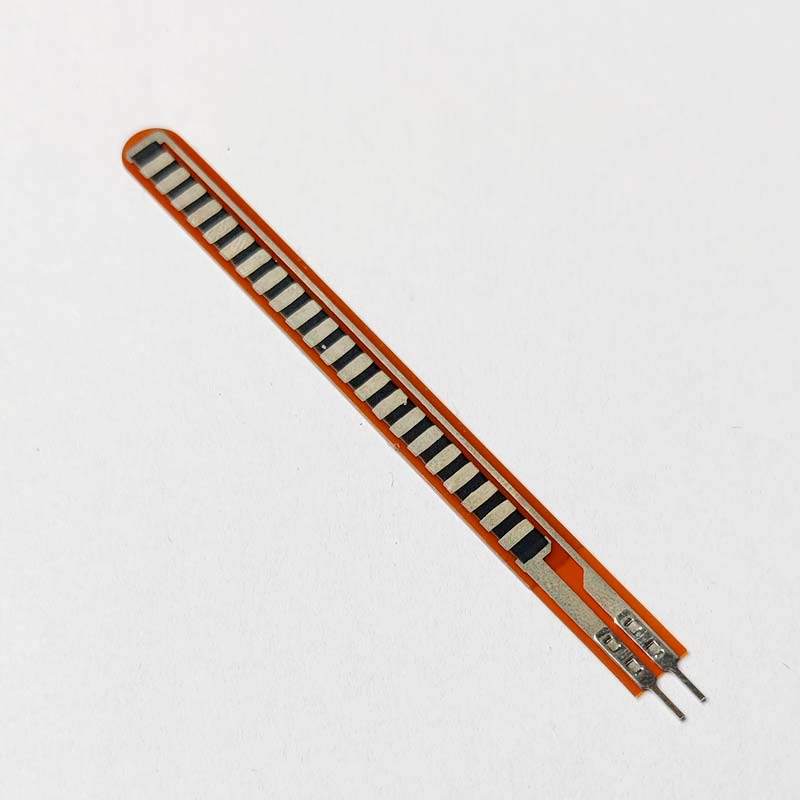What is a flex sensor?
Flex Sensor: A Flexible Sensing Solution
Overview:
A flex sensor is a specialized electronic component designed to detect and measure the bending or flexing of a material. These sensors are commonly used in various applications where monitoring the degree of flexion is crucial for system functionality.

Construction:
Flex sensors are typically constructed using a flexible substrate, often made of a thin, flexible material like plastic. They incorporate a resistive material that changes its resistance in response to bending. The sensor's design allows it to be easily integrated into wearable devices, robotic applications, and other systems requiring real-time feedback on the bending or flexing of surfaces.Working Principle:
The flex sensor's resistance changes as it bends, and this change in resistance is used to generate an analog or digital output signal. The electrical properties of the sensor are manipulated by the bending, making it a reliable tool for measuring the degree and direction of flexure.Applications:
- Human-machine interfaces in wearable technology.
- Gesture recognition in virtual reality and gaming.
- Prosthetic limbs for precise and responsive movement.
- Robotics for joint angle sensing.
- Industrial automation for monitoring mechanical components.
Advantages:
- Lightweight and flexible design.
- Simple integration into various applications.
- Cost-effective solution for measuring bending.
In summary, flex sensors play a vital role in providing accurate and real-time information about the flexing of materials, enabling their widespread use in diverse fields for improved functionality and control.
Comments
Post a Comment